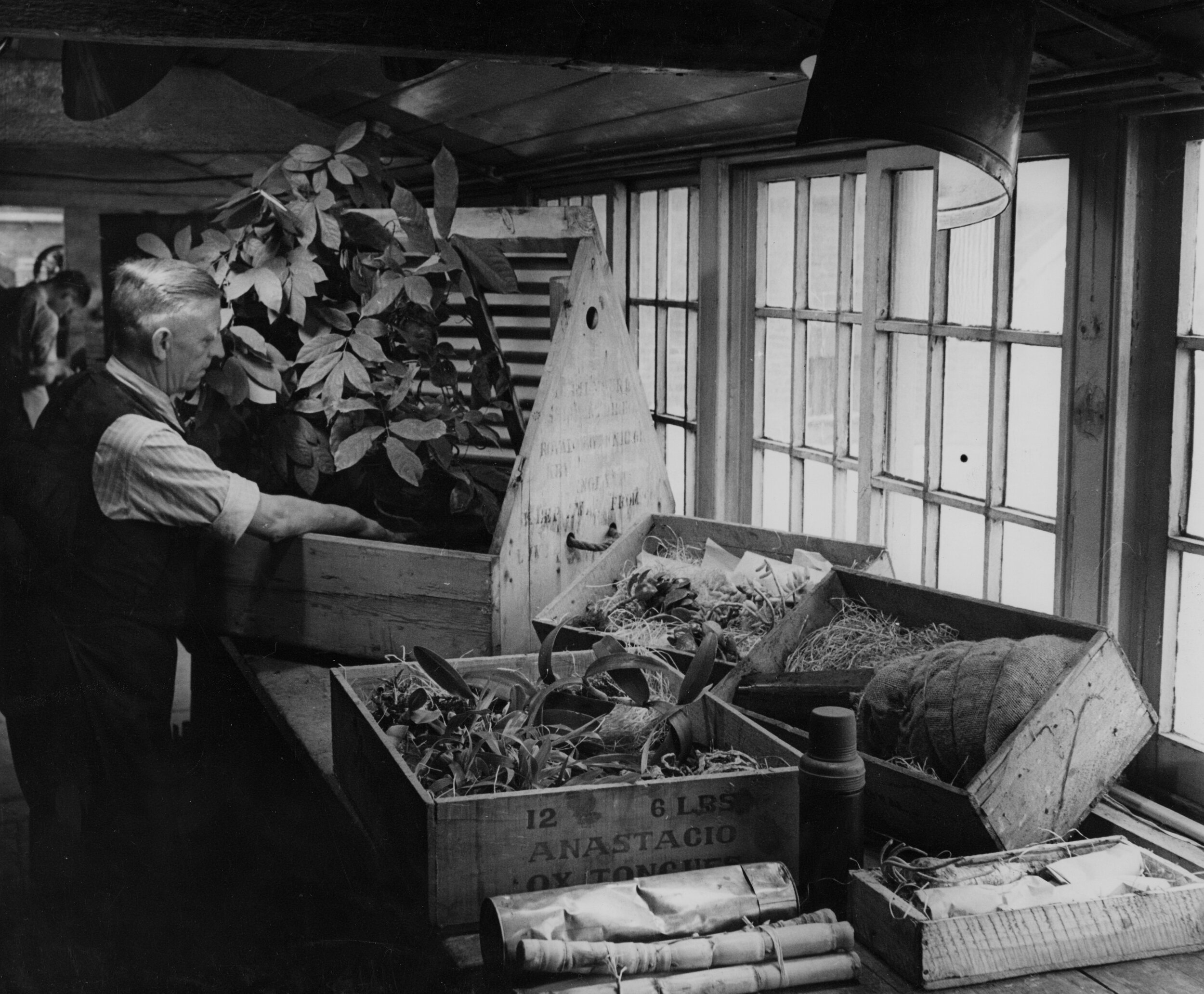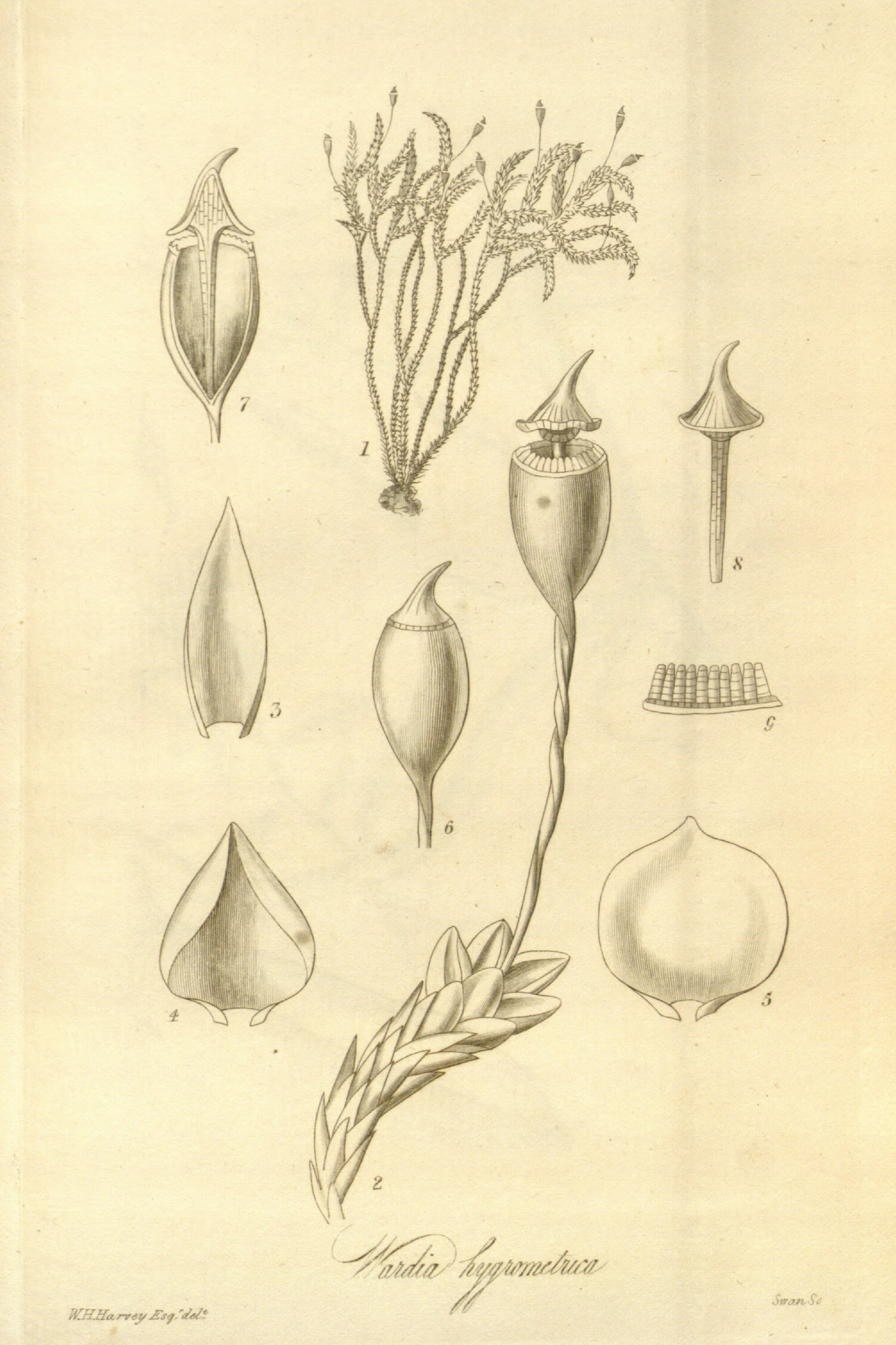
The Wardian Case:
How a Simple Box Moved Plants and Changed the World
Hardback | Dec 2020 | University of Chicago Press & Kew Publishing |
ISBN 9780226713755 | 288 pages | 19 color plates | 40 halftones | 152 x 229mm
In 1829, surgeon and amateur naturalist Nathaniel Bagshaw Ward placed soil, dried leaves, and the pupa of a sphinx moth into a sealed glass bottle, intending to observe the moth hatch. But when a fern and meadow grass sprouted from the soil, he accidentally discovered that plants enclosed in glass containers could survive for long periods without watering. After four years of experimentation in his London home, Ward created traveling glazed cases that would be able to transport plants around the world.
Following a test run from London to Sydney, Ward was proven correct: the Wardian case was born, and the botanical makeup of the world’s flora was forever changed.
In our technologically advanced and globalized contemporary world, it is easy to forget that not long ago it was extremely difficult to transfer plants from place to place, as they often died from mishandling, cold weather, and ocean salt spray.
In The Wardian Case, Luke Keogh leads us across centuries and seas to show that Ward’s invention spurred a revolution in the movement of plants—and that many of the repercussions of that revolution are still with us, from new industries to invasive plant species.
From the early days of rubber, banana, tea, and cinchona cultivation—the last used in the production of the malaria drug quinine—to the collecting of beautiful and exotic flora like orchids in the first great greenhouses of the United States Botanical Garden in Washington, DC, and England’s Royal Botanic Gardens, Kew, the Wardian case transformed the world’s plant communities, fueled the commercial nursery trade and late nineteenth-century imperialism, and forever altered the global environment. This is the first book on the Wardian case.
USA - published by The University of Chicago Press
UK and Europe - published by Kew Publishing
Australia - distributed by NewSouth Books
Prizes
NSW Premier’s History Awards, Australia
WINNNER
International Committee for the History of Technology, 2020
WINNER
American Horticultural Society Book Awards
Top 10 Books of 2020
Australian Historical Association
SHORTLISTED
Hancock Prize

Image courtesy RBG, Kew.
Reviews
“Engrossing, well-illustrated…The tires on your car. The tea in your cup. The exotic plants in your garden or decorating your home. These and many more everyday items that have become part of our lives trace their roots to Ward’s eureka moment. But Keogh’s meticulous, globe-trotting investigation is a sobering reminder of the profound impact humans have had on the planet simply by moving plants.”
—Dean Jobb, The Scotsman
“Keogh presents a remarkable story of this chance discovery and its world-changing consequences. If you are already familiar with Wardian cases, you’ll be delighted with this opportunity to learn the fascinating history of their discovery and development. And if you’re unfamiliar with them, this book will introduce you to one of the most on-the-surface mundane but in reality most world-changing technological innovations of the nineteenth century.”
—The Well-Read Naturalist
"Keogh covers the ripping yarns-style consequences of its use: from plant hunters sending back specimens to British nurseries ... to the huge economic benefits for empire builders."
—The Daily Telegraph
“The Wardian case was nothing more than a simple wooden box. Yet it's no exaggeration to say that this box literally changed the world we live in. Now an Aussie environmental historian has chronicled its remarkable history in an entertaining new book. If you're a sucker for tales about early plant explorers (as I am) this is an eye-opening read. … Predictably, all the botanical bustling about the globe had a downside. Invasive species spread too and the soil used in the boxes transported myriad diseases and bugs. But what happened makes a great story, and Keogh tells it well. The photos are also fascinating.”
—Trellis
Gutenberg’s printing press, Bell’s telephone, and the Wrights’ flying machine transformed the world. So did Nathaniel Ward’s revolutionary plant box. The Wardian Case is brilliantly researched and fairly presents dual legacies of botanical introduction and unintended consequence.”
—Michael Dosmann, Keeper of the Living Collections, Arnold Arboretum of Harvard University
“The Wardian Case explores how a seemingly mundane piece of Victorian technology has transformed global environments, in large ways and small, by facilitating the global exchange of living plants. . . . Keogh’s writing is vivid and lively, and the book sparkles when he describes Ward’s houses and his broader world. Elsewhere it is filled with rich images—of children in India struggling to carry heavy Wardian cases, of Japanese carpenters trying to figure out how to build a Wardian case, of new species of worms from Southeast Asia appearing in Kew, and of the author’s own encounter with the ecological legacy of the Wardian case, with his sons on a beach in Australia. Engaging and accessible, this is a significant contribution.”
—Stuart McCook, author of Coffee Is Not Forever: A Global History of the Coffee Leaf Rust
“Environmental historian Keogh charts the history of the Wardian case, a traveling greenhouse, in his fascinating debut. . . . Any gardener fascinated by history will find this well-told story fruitful.”'
—Publishers Weekly
“Keogh documents many such examples of desirable plant translocations: tea, bananas, fever bark, orchids, cacao, and others of horticultural interest. Alongside the desirable plants, pests were also moved, and such global ecological alteration is also part of the story. Keogh details these plant introductions and related scientific studies… Recommended.”
—Choice
“If the Wardian case has long been abandoned for the air-freighting of plant material, Keogh’s bittersweet history reveals just how impactful that simple box remains today.”
—Booklist
“The Wardian Case is abundantly illustrated, meticulously researched and evidence-based and engagingly written. Keogh is to be congratulated on bringing the story of this humble, but world-changing, box to greater prominence and to the attention of all, and adding to the debate about Botanical Imperialism. This is powerful plants-and-people fare!”
—Botany ONE
“Explores how a humble box made of wood and glass changed the course of world history. . . . [A] well-balanced, thoughtful account. . . . Keogh carefully teases out the connections between this innovation and its multiple consequences. . . . An in-depth study that will suit detail-oriented gardeners and natural history buffs.”
—Kirkus Reviews
“Keogh's book, the first to discuss the Wardian case, really explains how this invention drove the revolution in plant relocation. … Whether you are interested in collections of rare orchids, the history of quinine plantations, expansion of tea growing regions in the world, or the early days of rubber trees, this book covers it all in amazing well-researched detail. Our world has been changed dramatically due to this one invention, and for that reason alone it is well worth reading about."
—Elaine Holden, Monadnock Ledger-Transcript
The Wardian Case gives us profuse examples of how the case made possible some of the important botanical introductions into Europe and other countries… Fresh, fascinating, and largely untold, the story of nineteenth century surgeon and naturalist Nathanial Bagshaw Ward, his ‘big’ invention, and its impact on the world then and now deserves the kind of scholarship Keogh provides.”
—Tim Entwisle, director and chief executive, Royal Botanic Gardens Victoria (Australia)


